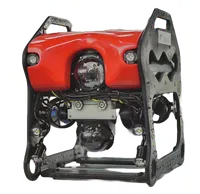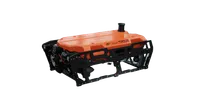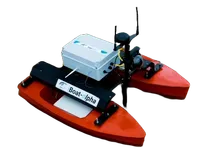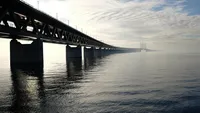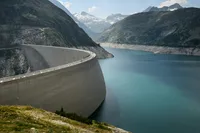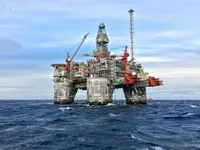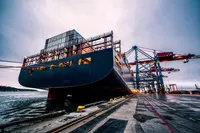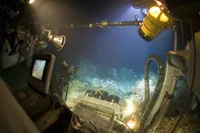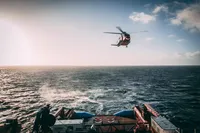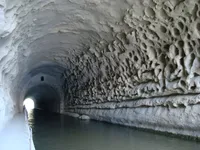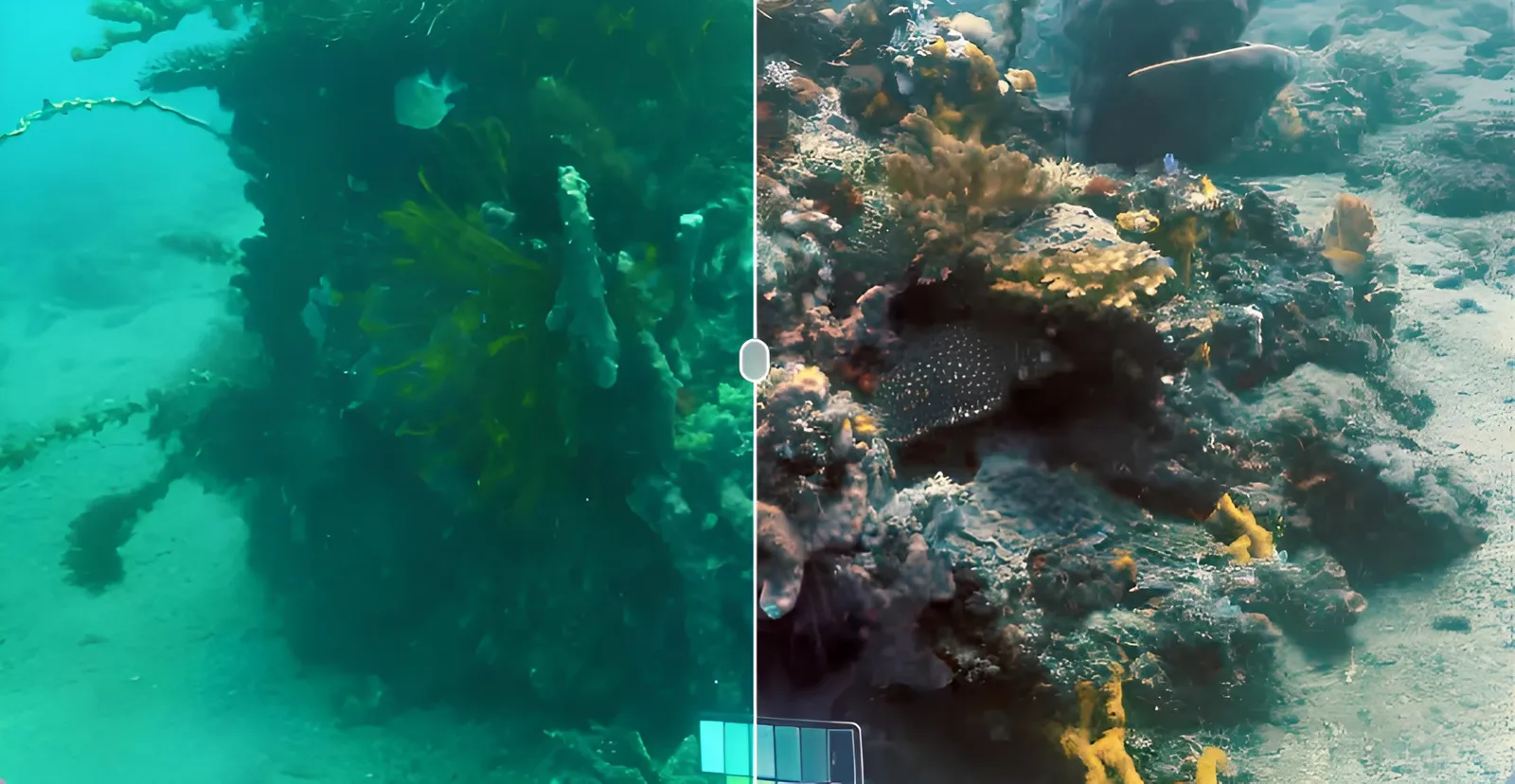
Enhancing Underwater Video and Image Quality: The EVAP Advantage
Discover how EyeROV’s EVAP platform enhances underwater video and image clarity using a powerful combination of classical image processing and deep learning techniques.
The underwater world is captivating — yet notoriously difficult to capture clearly. Despite advancements in underwater cameras and lighting systems, the core challenge lies not in the equipment but in the medium itself: water.
Light behaves differently underwater. Wavelength-dependent attenuation, scattering, and turbidity severely degrade image and video quality, often resulting in murky visuals with poor contrast and heavy color distortion. For mission-critical underwater operations — from marine biology and research to subsea inspections and robotic navigation — raw footage often isn’t good enough. That’s where image enhancement becomes essential.
Why Underwater Visuals Are So Challenging
Underwater images suffer from multiple degrading factors:
- Color Distortion: Red light is absorbed within the first few meters underwater, followed by orange and yellow. This leaves underwater scenes dominated by green or blue hues.
- Light Scattering: Suspended particles scatter light, creating a fog-like visual noise.
- Turbidity Variation: Water conditions vary widely — from deep ocean clarity to murky rivers — affecting visibility and image consistency.
- Depth Influence: The deeper you go, the more challenging the lighting and contrast become.
These factors make raw underwater footage difficult to interpret or analyze — especially for robotic systems that rely heavily on vision for navigation, mapping, and anomaly detection.
Two Approaches to Enhancement
To address these challenges, EyeROV’s EVAP (EyeROV Visualization and Analytics Platform) leverages a dual approach:
1. Classical Image Processing Techniques
These involve algorithms like:
- Color correction
- Histogram equalization
- Contrast enhancement
- Dehazing filters
While effective, these methods are condition-specific. An algorithm fine-tuned for clear ocean water might fail in muddy dam water. That’s why their utility is limited to known, predictable conditions.
2. Deep Learning-Based Enhancement
Deep learning offers the potential for generalized enhancement. Models like CNNs and GANs can learn to restore clarity and color across varying water types and conditions by training on paired datasets (raw + clean images).
However, underwater datasets are scarce. To overcome this, EyeROV has synthesized its own training data, simulating underwater effects on standard images to build a diverse dataset. This allows our deep learning models to generalize better across different environments — from clear coastal waters to sediment-heavy inland sites.

Before Enhancement
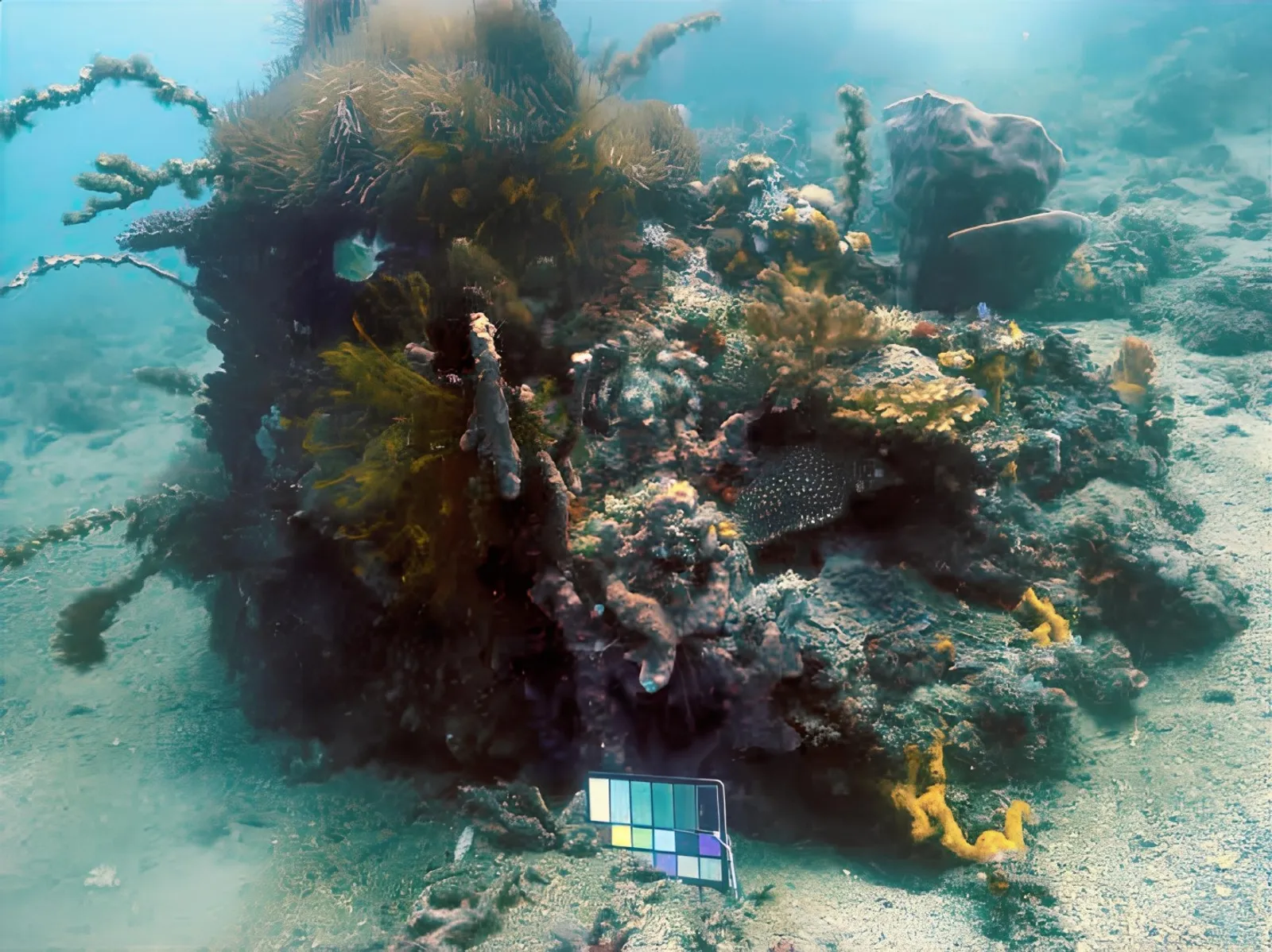
After Enhancement
EVAP: Enhancement That Adapts
EyeROV’s EVAP platform is designed to extract maximum clarity from underwater video and imagery — without compromising data fidelity.
EVAP integrates:
- Classical algorithms for real-time, condition-specific enhancement
- Deep learning models for generalized, adaptive correction
- Tools for video overlay, enabling contextual metadata (like location, sensor data, timestamps) to be embedded into the visual stream
This hybrid enhancement pipeline ensures that both humans and machines can better interpret underwater visuals — whether it’s for visual inspection, damage detection, biological mapping, or long-range navigation.
Looking Ahead
With the rising use of underwater drones, ROVs, and automated inspection platforms, the demand for clear, actionable visual data has never been higher. By combining advanced enhancement techniques with domain-specific understanding, EyeROV’s EVAP platform delivers visibility where it’s needed most — beneath the surface.
From the ocean floor to hydropower tunnels, EyeROV continues to push the limits of underwater clarity — helping industries see more, know more, and act faster.
Learn more about how we enhance underwater video and image quality over at EVAP.
